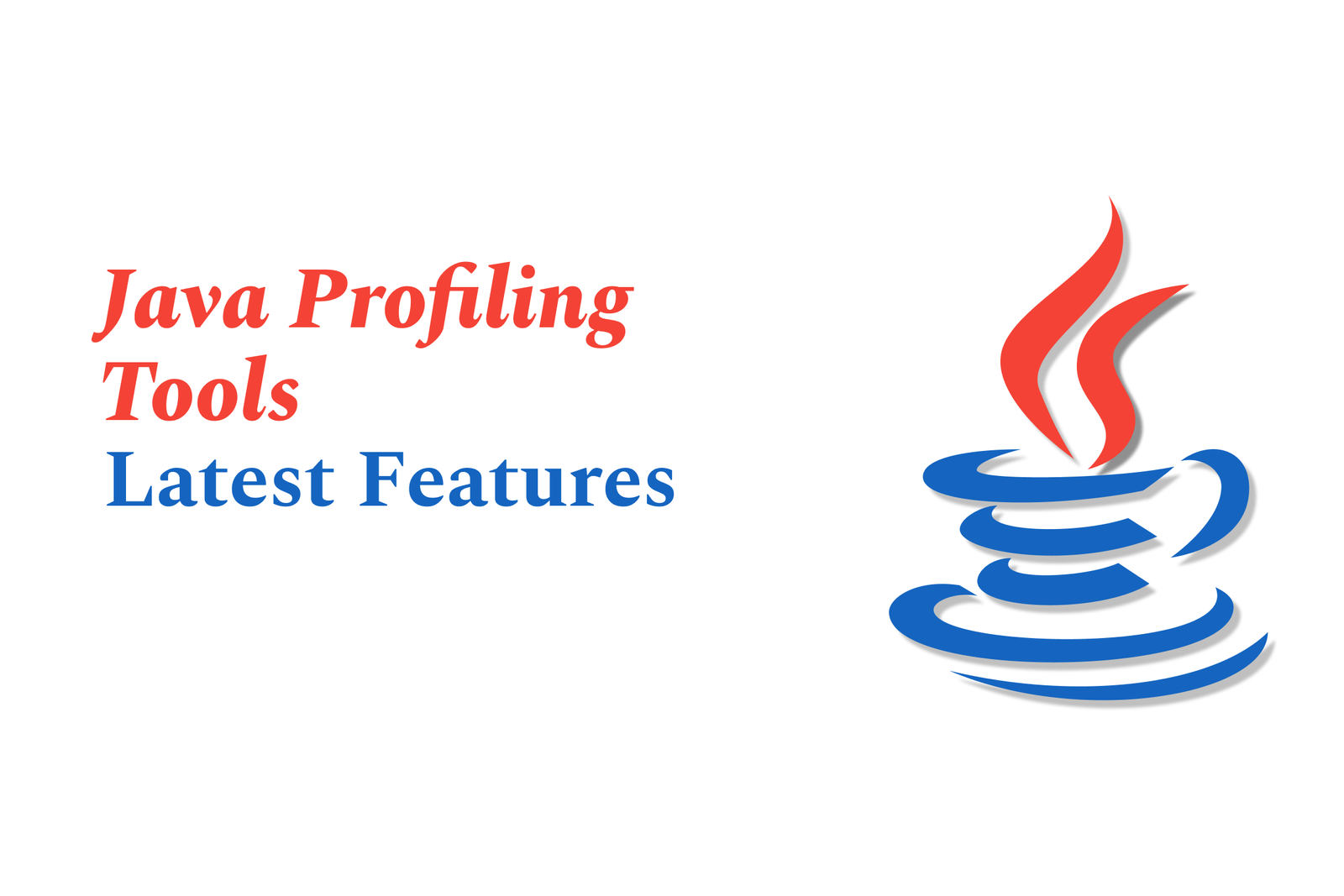Java Profiling Tools: Latest Features
Java profiling tools analyze application performance by tracking CPU, memory, and thread usage. Latest features include low-overhead sampling, advanced memory leak detection, AI-driven insights, seamless IDE integration, and continuous feedback for faster issue diagnosis and optimization.
Java Profiling Tools: Latest Features
1 ) Introduction to Java Profiling Tools
Java profilers are essential tools designed to analyze the performance characteristics of Java applications. They provide detailed insights into execution time, memory usage, function calls, and resource consumption, aiding developers in pinpointing bottlenecks and memory leaks.
2 ) Types of Java Profilers
Sampling Profilers: Periodically capture snapshots of the program’s state to identify hotspots with minimal overhead.
Instrumentation Profilers: Modify program code to gain detailed performance data at the cost of some overhead.
3 ) Use Cases for Java Profilers
Performance Optimization: Identifying slow code paths and high memory usage segments to enhance application efficiency.
Memory Leak Detection: Tracing allocation and retaining of objects to locate and fix leaks.
Scaling Insights: Detecting bottlenecks impacting scalability during increased load.
4 ) Popular Java Profiling Tools and Their Features
YourKit Java Profiler:
An award winning, easy to use profiler supporting CPU and memory analysis with minimal overhead. It supports remote profiling, integration with major IDEs (Eclipse, IntelliJ IDEA, NetBeans), and visualizations such as call trees and flame graphs. It can identify slow SQL queries and web requests and offers a “smart what if” feature to predict performance improvements without re profiling. Its memory profiling provides insightful object graph visualizations, aiding developers in tracking memory consumption effectively.
Digma Continuous Feedback:
Not a traditional profiler but complements profiling by analyzing observability data and guiding developers to identify performance impact, detect degradations in recent commits, and uncover scaling issues quickly to accelerate diagnosis and decision making.
VisualVM, JProfiler, NetBeans Profiler, IntelliJ Profiler, Async Profiler, Arthas:
These are established tools offering various profiling capabilities from CPU/memory monitoring, remote profiling, integration with build tools, to advanced diagnostics.
5 ) Recent Advancements and Integration Trends
New profiling tools are increasingly integrating AI driven analysis and continuous feedback mechanisms to transform raw profiling data into actionable insights rapidly. For example, Digma’s continuous feedback bridges the gap between profiling data collection and actionable conclusions, reducing time to resolution.
6 ) Practical Experience Insight
Using YourKit, it was found to be robust and straightforward to set up, yet analyzing large trace data manually can be time consuming. Pairing such profilers with tools like Digma helps streamline analysis and accelerate performance troubleshooting.
7 ) Conclusion
Modern Java profiling tools combine low overhead, comprehensive data collection with sophisticated analysis integrations to enhance developer productivity. Choosing a profiler depends on specific needs—whether deep memory analysis, continuous feedback, or smooth IDE integration—and leveraging combined tools can yield the best results.
This summary highlights the latest features and practical benefits of key Java profiling tools in 2024, emphasizing innovative approaches to performance analysis and developer friendly integrations.
https://justacademy.in/news-detail/react-native-expo?s-new-features-you-didn?t-know-about
https://justacademy.in/news-detail/ios-19-notification-framework-changes
https://justacademy.in/news-detail/ios-development-tools-you-should-be-using
https://justacademy.in/news-detail/react-native-0.75-release:-game-changing-features-you-can?t-miss
https://justacademy.in/news-detail/what?s-new-in-combine-framework-for-ios-19
Related Posts
In 2025, top Angular libraries offer modern, feature-rich components and tools for building dynamic web apps. From powerful data grids to low-code platforms like UI Bakery, these libraries enhance development speed, UI design, and scalability, making them essential for Angular developers.
Migrating from AngularJS to Angular 17 involves gradually upgrading your app by running both frameworks together using tools like ngUpgrade, rewriting components in TypeScript, and adopting Angular’s modern architecture to enhance performance, maintainability, and long-term support.
Angular state management tools help organize and handle app data efficiently, improving scalability and maintainability. Popular options include NgRx for robust, RxJS-based patterns, and newer Signal Store solutions that offer simpler, reactive approaches integrated tightly with Angular’s latest features.
RxJS in Angular empowers developers to manage asynchronous data streams with powerful operators like `forkJoin`, `combineLatest`, and `zip`. Mastering these key operators in 2025 is essential for building efficient, reactive applications that handle complex event sequences seamlessly.
Angular performance optimization in 2025 focuses on improving app speed and responsiveness by using techniques like OnPush change detection, lazy loading, efficient data caching, and AOT compilation. These practices reduce load times, enhance user experience, and ensure scalable, fast Angular applications.
In 2025, Angular remains preferred for large-scale, enterprise apps with its robust, all-in-one framework, while Vue attracts developers seeking simplicity and fast development for smaller projects. Both frameworks excel, with choice driven by project needs and team expertise.
Angular Signals are a new reactive primitive in Angular 16 that enable fine-grained, efficient change detection by automatically tracking dependencies and updating only affected parts of the UI. They simplify state management and boost app performance, revolutionizing Angular's reactivity model.
Angular interview questions to prepare in 2025 focus on core concepts like components, directives, data binding, routing, and dependency injection, along with TypeScript mastery and latest Angular features to ensure strong practical knowledge for building scalable, efficient web applications.
AngularJS reached its official end of support in January 2022, meaning no further updates or security patches. To ensure app security and performance, developers should consider migrating to modern Angular versions or seek third-party long-term support options if immediate migration isn’t possible.
The Angular Roadmap 2025 highlights upcoming features focused on improving developer experience and performance, including zoneless Angular, Signals integration, enhanced Forms, async data handling, improved HMR, and expanded Angular Material/CDK enhancements, driving modern, efficient web app development.










